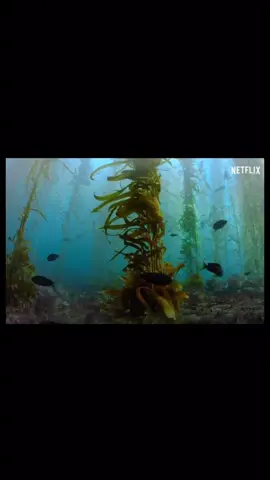Secorpio🦋
Region: ID
Monday 01 September 2025 15:00:49 GMT
564
68
2
2
Music
Download
Comments
Nasril Ilham 🇹🇼 :
orang mana
2025-09-01 17:54:08
0
Echococolate :
follback y
2025-09-05 10:44:35
0
To see more videos from user @dott.075, please go to the Tikwm
homepage.





